Fieldwork on Vis Island
The island of Vis, with its modest area of just 89.7 km², stands as a remarkable example of self-sufficient water supply from a local karstic aquifer. Home to 3,287 permanent residents, Vis hosts a population that multiplies up to tenfold during the summer months, driven by tourism. The reliability of Vis’s water supply is increasingly challenged by seasonal population surges and climate-related stressors. Touristic visits coincide with periods of reduced aquifer recharge, longer dry spells, and higher temperatures. These pressures compromise the long-term sustainability of the local aquifer system and call for urgent adaptation in water resource management. As part of ongoing research into karst aquifer sustainability under climate stress, scientists from the University of Split conducted a site visit to monitor and sample water at two critical locations: Pizdica Spring and the Korita extraction wells. These water sources play a key role in the island’s supply network and provide insights into the dynamic behavior of freshwater in a complex Mediterranean karst setting.
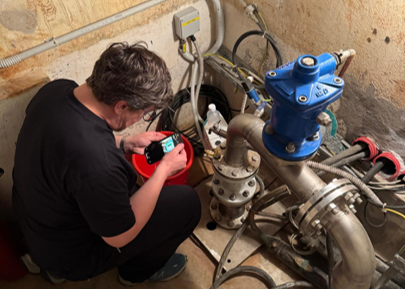
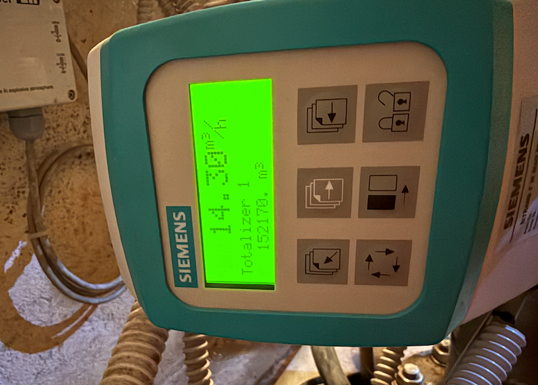
One of the highlights of the fieldwork was the exploration of Pizdica Spring, a rare and visually striking freshwater emergence located directly on the beach. This phenomenon is the result of the intricate tectonic and sedimentary history of Vis, which is also recognized as a UNESCO Global Geopark. Access to Pizdica is anything but trivial — the site is reachable only via a narrow hiking trail through mediterranian vegetation or by boat. This remoteness poses significant challenges for scientific work, particularly in establishing discharge measurements under variable seasonal conditions. The Korita well field, in contrast, is a more accessible yet equally important part of the island’s infrastructure. These extraction wells tap into the main aquifer and are the primary source of water distribution. Sampling here helps to assess not only water quality and availability but also the potential impacts of prolonged abstraction during peak tourist seasons. Efforts are underway to improve monitoring capabilities at remote springs like Pizdica and to develop adaptive water management strategies for island communities facing the dual pressure of tourism and climate variability.
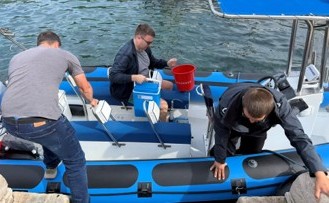
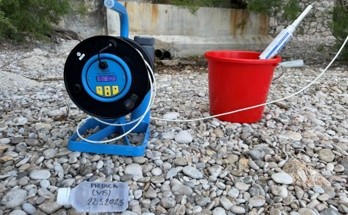
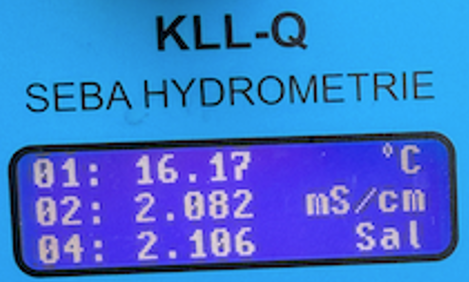
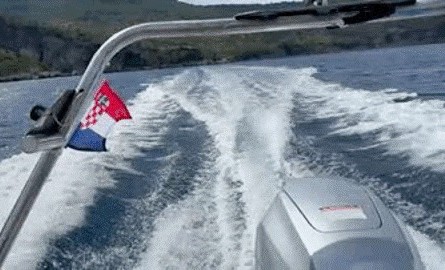
Enjoy Reading This Article?
Here are some more articles you might like to read next: